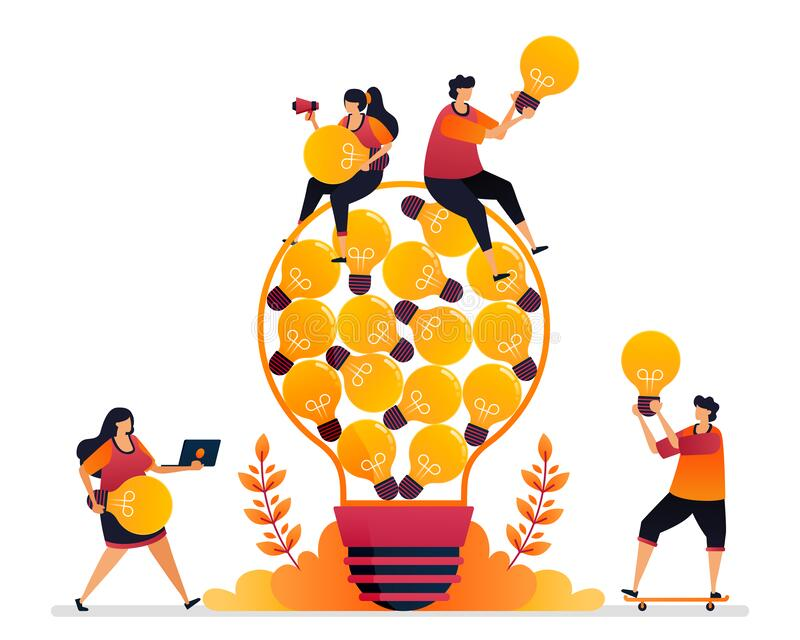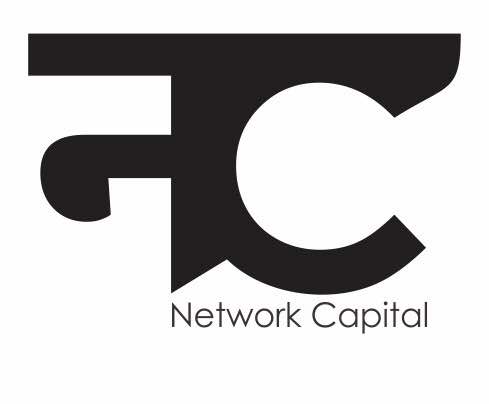From Caring to Sharing
By Arjun Abhyankar
Good ideas are developed every single day. Whether it was a science fair project in grade school or an idea for a new business, plenty of good ideas fail or succeed by the same token - how they are expressed to others.
Any idea that will help you develop yourself or your community needs to go through the process of review. What’s kept secret can’t be expected to change hearts and minds. Sharing can be a scary process though, so getting any idea to a shareable state is crucial to seeing it through to its full potential. In my experience, I’ve found it takes a clear vision and process to make an idea shareable.
Developing ideas
Developing an idea stretches beyond simply thinking of the finer details. When I wanted to start learning about music, my ultimate goal was to make my own. Keeping this goal in my mind set the framework for what I had to do daily to accomplish that. Whether it was staying after class to ask my music teacher specific questions, or enlisting the help of my peers to make beats, the goal became easier to see through when I was actively doing it instead of pondering it.
This step is also interesting for a different reason. Idea development is not something that is effective when you do it alone. In hindsight, the excitement of my friends upon seeing my work not only gave me more ideas but created a community of well wishers who were also motivated to help me with the parts of the process I wasn’t as fluent with as well as promote the idea when it was more complete.
The simple fact is that actively experimenting and trying the idea with people you trust from the outset creates a system of accountability for you to continually evolve your ideas. This kind of system creates both an atmosphere for collaboration and the creation of new ideas that will benefit everyone involved.
Research It

This step, while one of the most vital, is also a great divider where some crave it while others despise it. It can be tempting when doing something creative to get so caught up in experimentation that it becomes a chore to sit and understand the technical side of whatever you are doing.
However, after writing a few full songs it was difficult to sit through lengthy youtube videos explaining songwriting because I felt like I was already doing it. I only realized the value of learning the technical side when attempting to sing the lyrics on beat, when I realized what I thought was perfect didn’t match any beats I could find because I was not counting the length of the rhymes or “counting bars”.
My journey with writing lyrics was similar. During my 10th grade year the pandemic was in full swing, preventing my friends and I from seeing each other or going to school. In an attempt to fill the time I immersed myself in creative writing, where I discovered my passion for writing song lyrics.
However, after writing a few full songs it was difficult to sit through lengthy youtube videos explaining songwriting because I felt like I was already doing it. I only realized the value of learning the technical side when attempting to sing the lyrics on beat, when I realized what I thought was perfect didn’t match any beats I could find because I was not counting the length of the rhymes or “counting bars”.
This experience encouraged me to take a step back, and admit I needed to understand the technical side of my creativity. This investment was worthwhile, however, as it helped me streamline my songwriting process and collaborate more easily with people once I understood the process and lingo. This effectively gave me access to a shared language between myself and my collaborators where I understood my own work and a baseline level of theirs to the point I could effectively give suggestions and receive them as well.
This step is one that can be more beneficial to do solo though. When I had a good command of writing lyrics on my own, then my friends with other skill sets were able to visualize combining their efforts with mine. In essence, part of the research process is earning the credibility to be taken seriously by your collaborators.
Condensing Thoughts
Over time I realized it is important to remember when presenting your work that you are asking people to devote scarce time and attention to considering your ideas. Most audiences won’t spend extended amounts of time soaking in every word or detail. Here is where the difference between simple and simplistic ideas applies: simple ideas don’t have depth, but simplistic ideas make their depth easy to digest. Creating simplistic ideas should be your ultimate goal, which means knowing when to quit sometimes.
It was a rather interesting experience that taught me this. The first time I tried recording a song, I had taken time to book a studio in my school and get my music friends to spend their lunch time helping me record a song. By the end of the session, one of my friends made a comment that changed my view on the way I was writing all my songs. He said bluntly, “There are too many ideas for one song in your lyrics.”.
At first this upset me, but upon closer inspection he was just being truthful. There were five distinct ideas in a span of three minutes which made it confusing for an outside listener even though I knew what I was trying to say.
An unforeseen benefit of fixing the lyrics was that I was able to create more content after splitting the song according to the different themes. I learned that overloading the content makes it much harder for people to understand - or share - your message. Stretching your thought process over multiple occasions keeps your audience engaged and allows you to develop more content volume.
Presenting Your Product
This is the final step but often the scariest one. I have to admit that I still struggle a lot with this step, but the presentation process can mean a variety of things. Ideas that are more developed will have a different “sharing” process than ones that are still being prototyped. This process involves everything from just asking a friend’s opinion to pitching the idea to a larger audience or publisher.
The most important (and often the most difficult) part is accepting that something isn’t perfect and sending it for review anyway. I slowly understood that the point of creativity is to inspire others, not have the last word. How else could there be remixes, TikTok dances, comments and shares? Inviting others to share their experiences is also a great way to keep yourself motivated to power through the mundane aspects of what you are doing. I was so excited to see friends helping to create Indian-style beats when I wanted to explore this genre, even though it was new to them.
I realized the best outcomes happen when we combine what we know and work together to lift each other's strengths to create a stronger end product.
As for the results? I can guarantee that hard work is never wasted - even ideas that don’t work initially, become a traceable roadmap of inspiration for the next thing that will work. It also signals your commitment to those you approach for help. When other people help you as well it means that they also feel ownership of your work, and take pride in sharing and developing it. If you are proud of your work, whatever the results of sharing it are should be seen as a learning experience and not a deterrent from developing future ideas.
Honestly, it doesn’t matter what your approach to sharing something is as long as you actually practice it with other people - especially when you feel stuck. Whether it’s a project you’re working on or a personal passion you are working towards, your ideas have the most impact when you’re not the only one building them.
Career Intelligence
Resources
Copyright © 2026-2021 Network Capital

